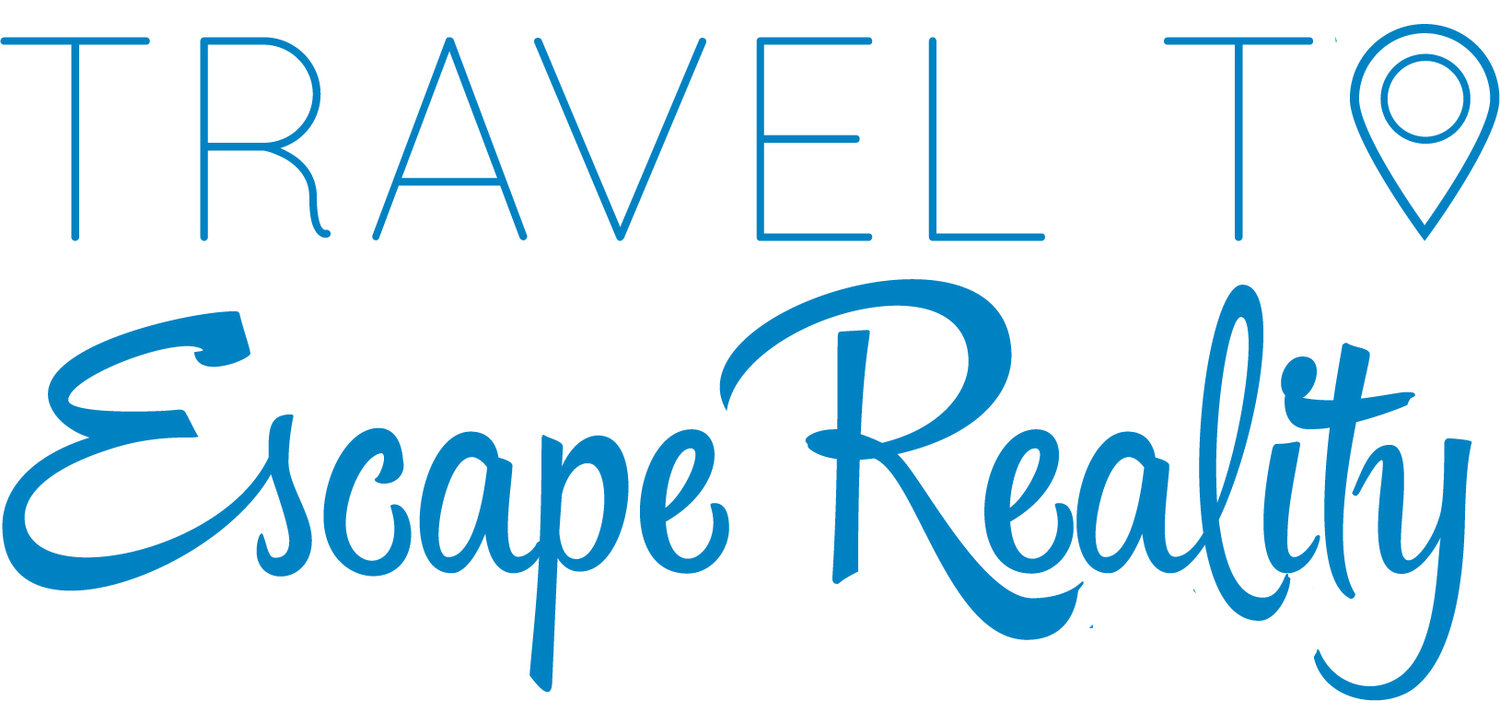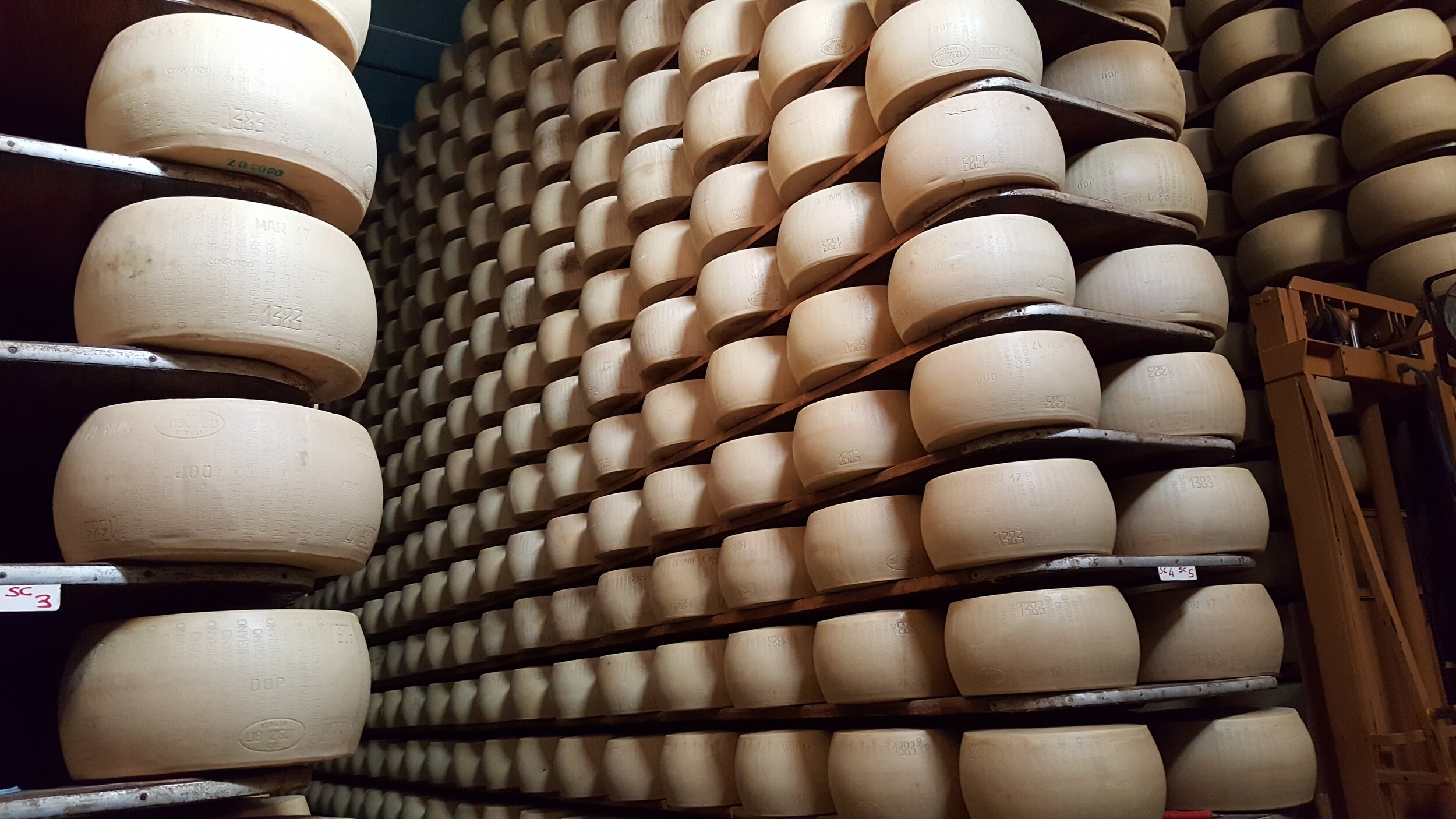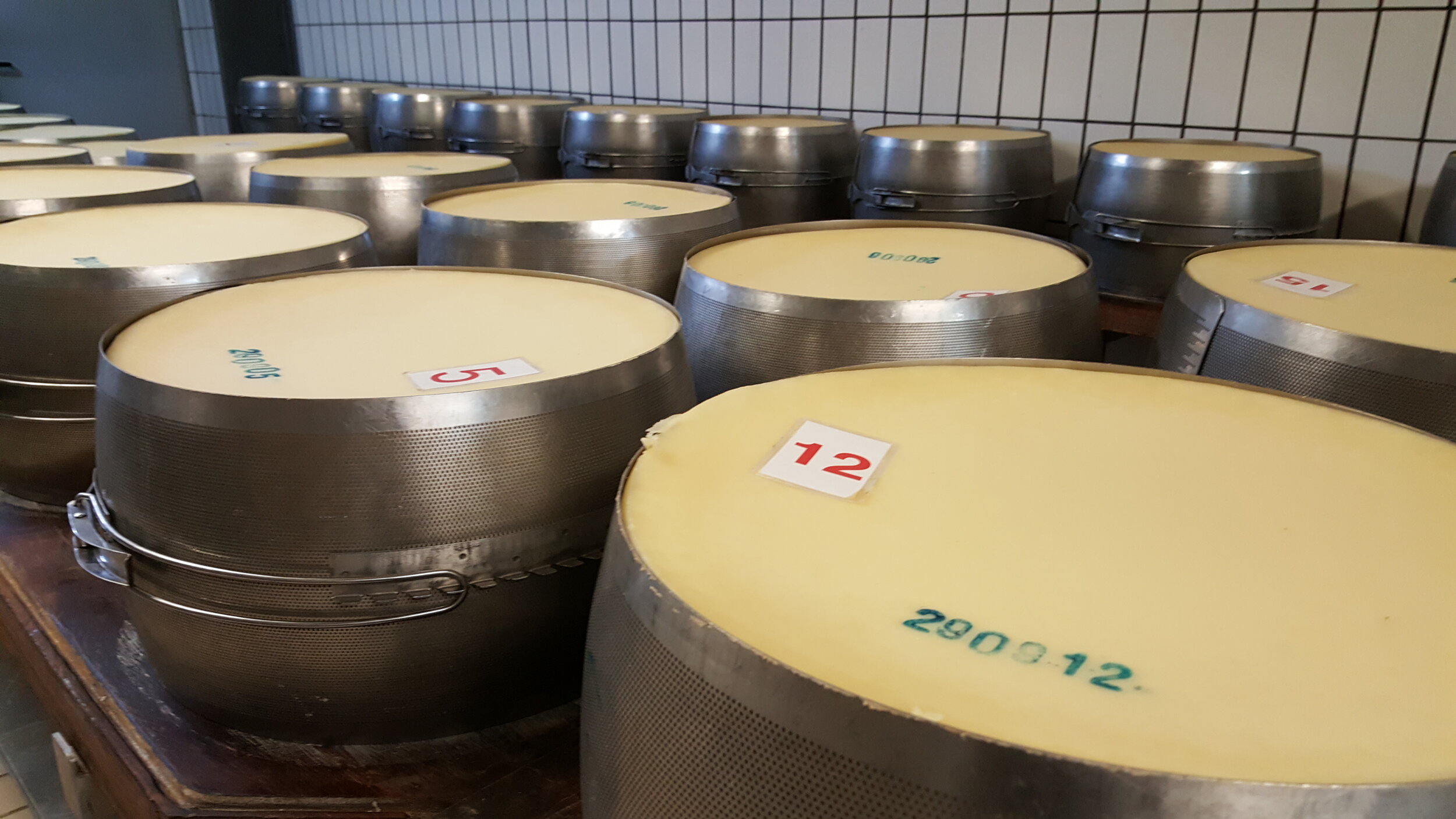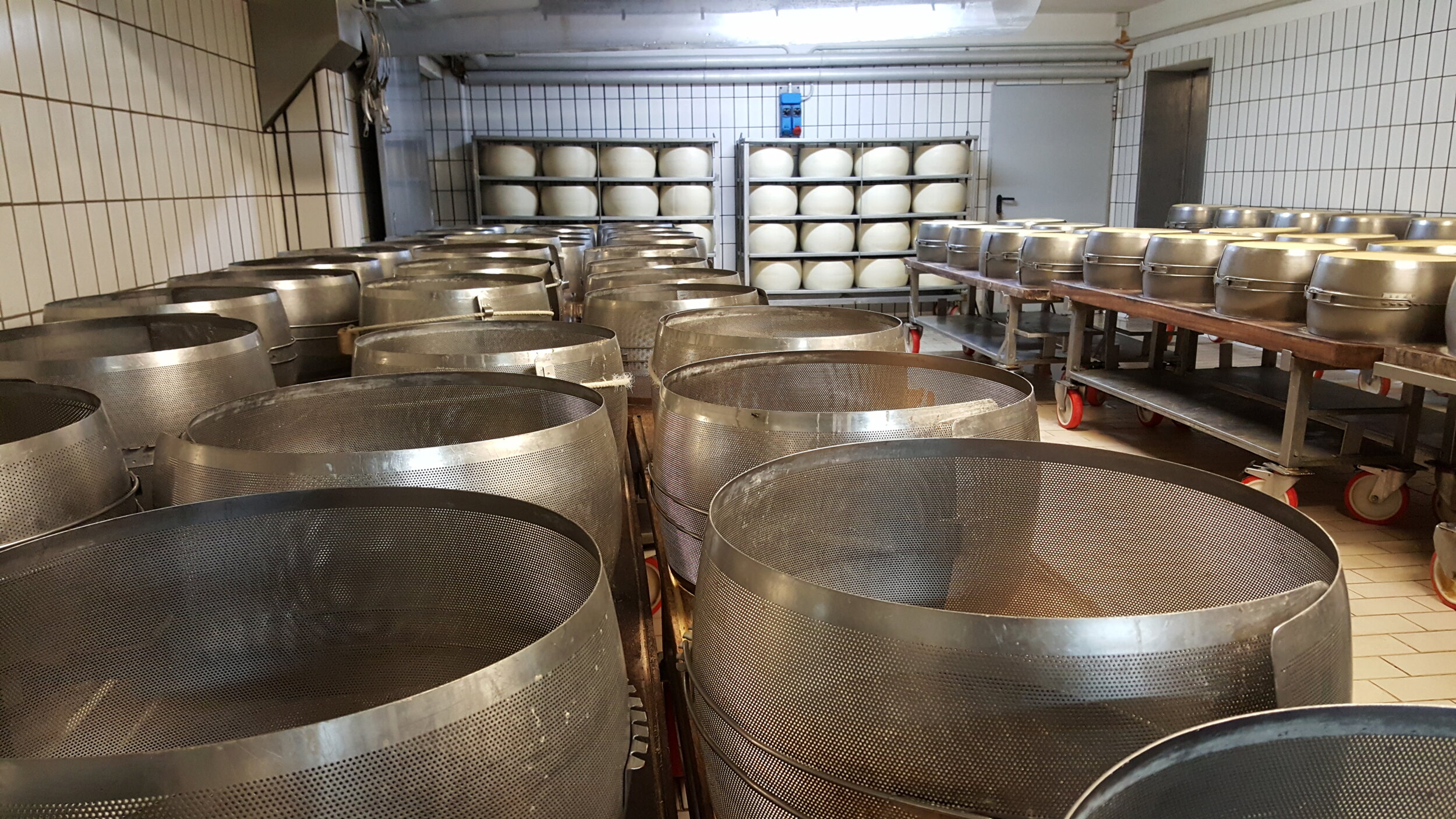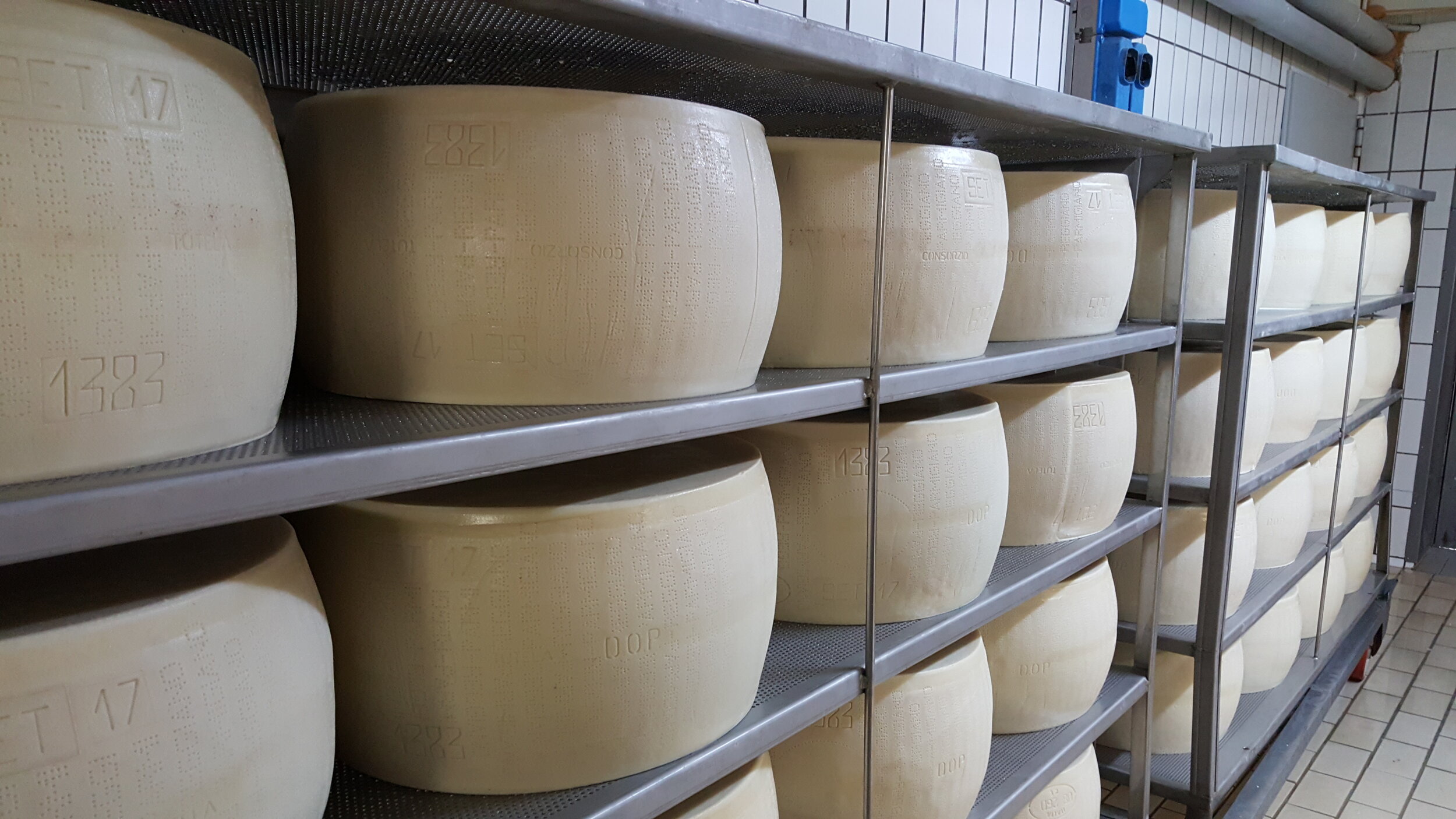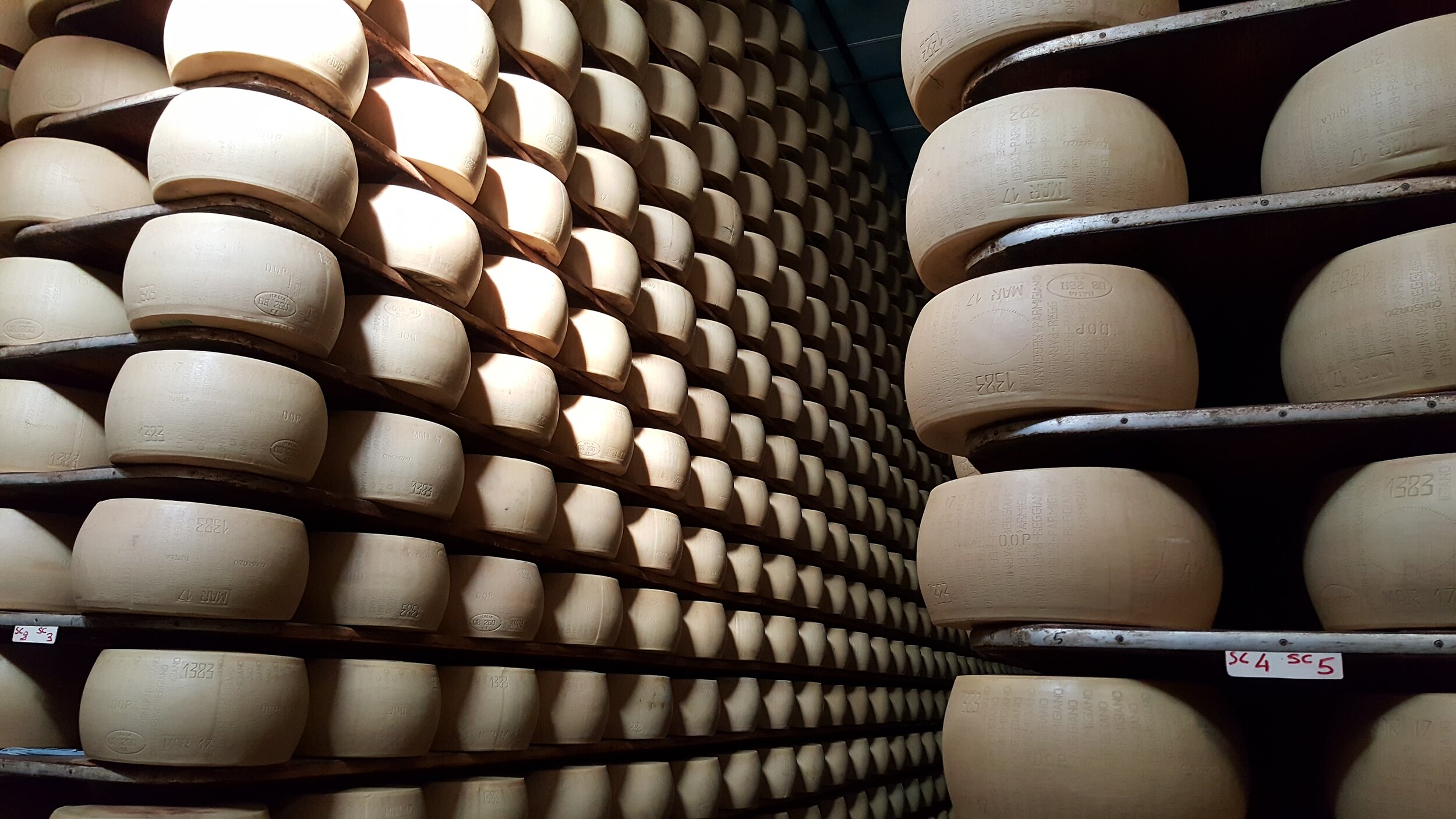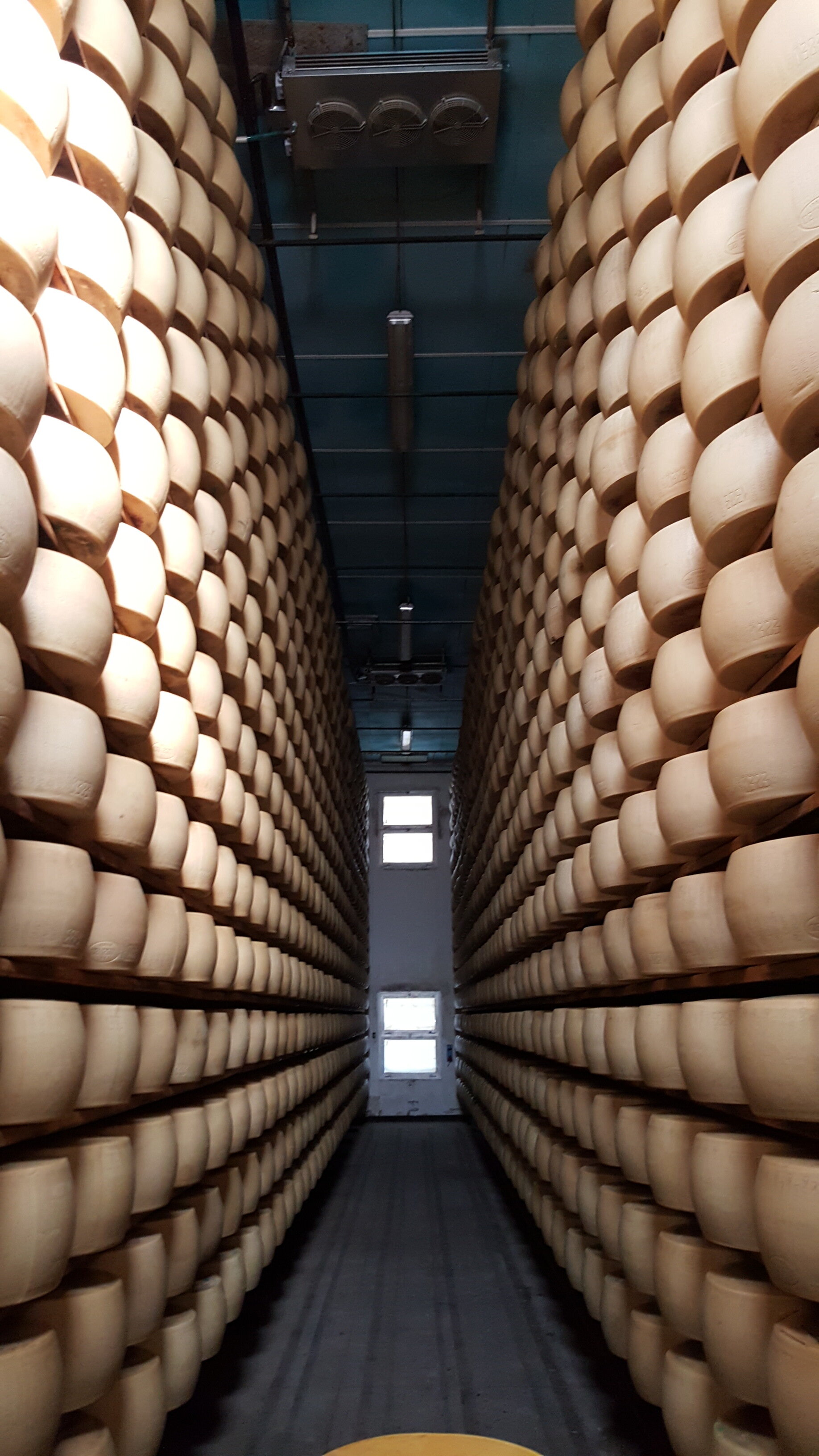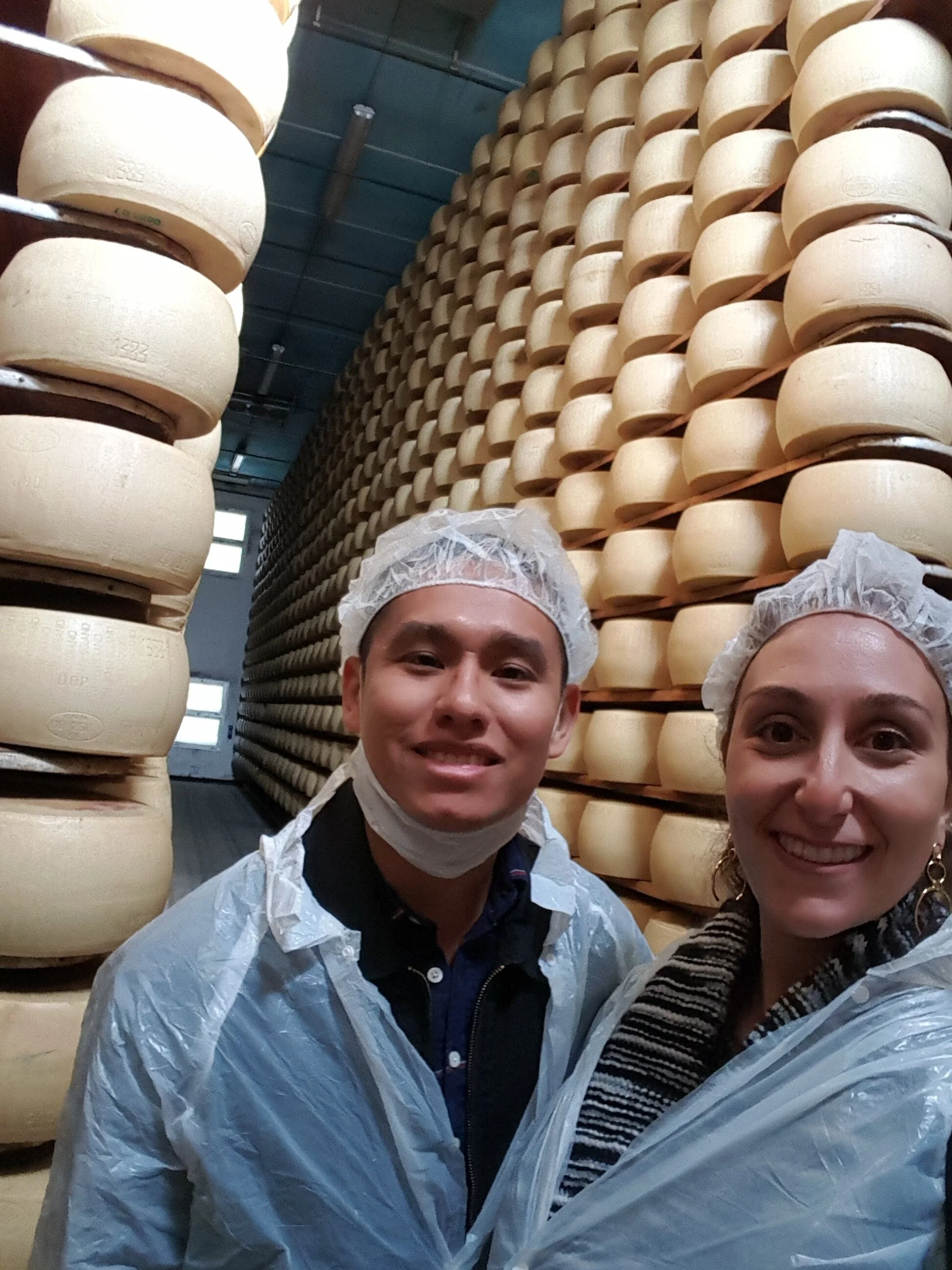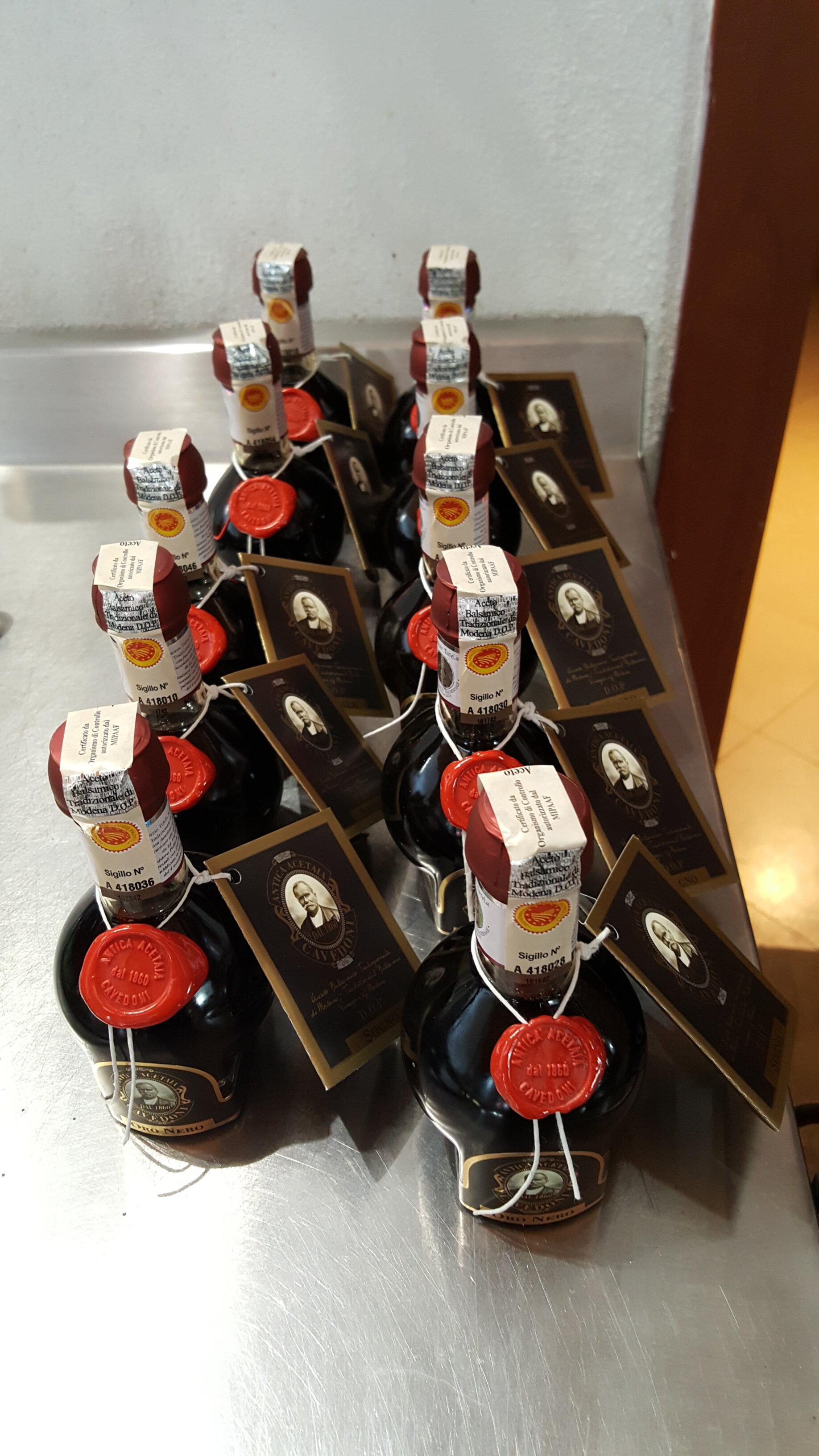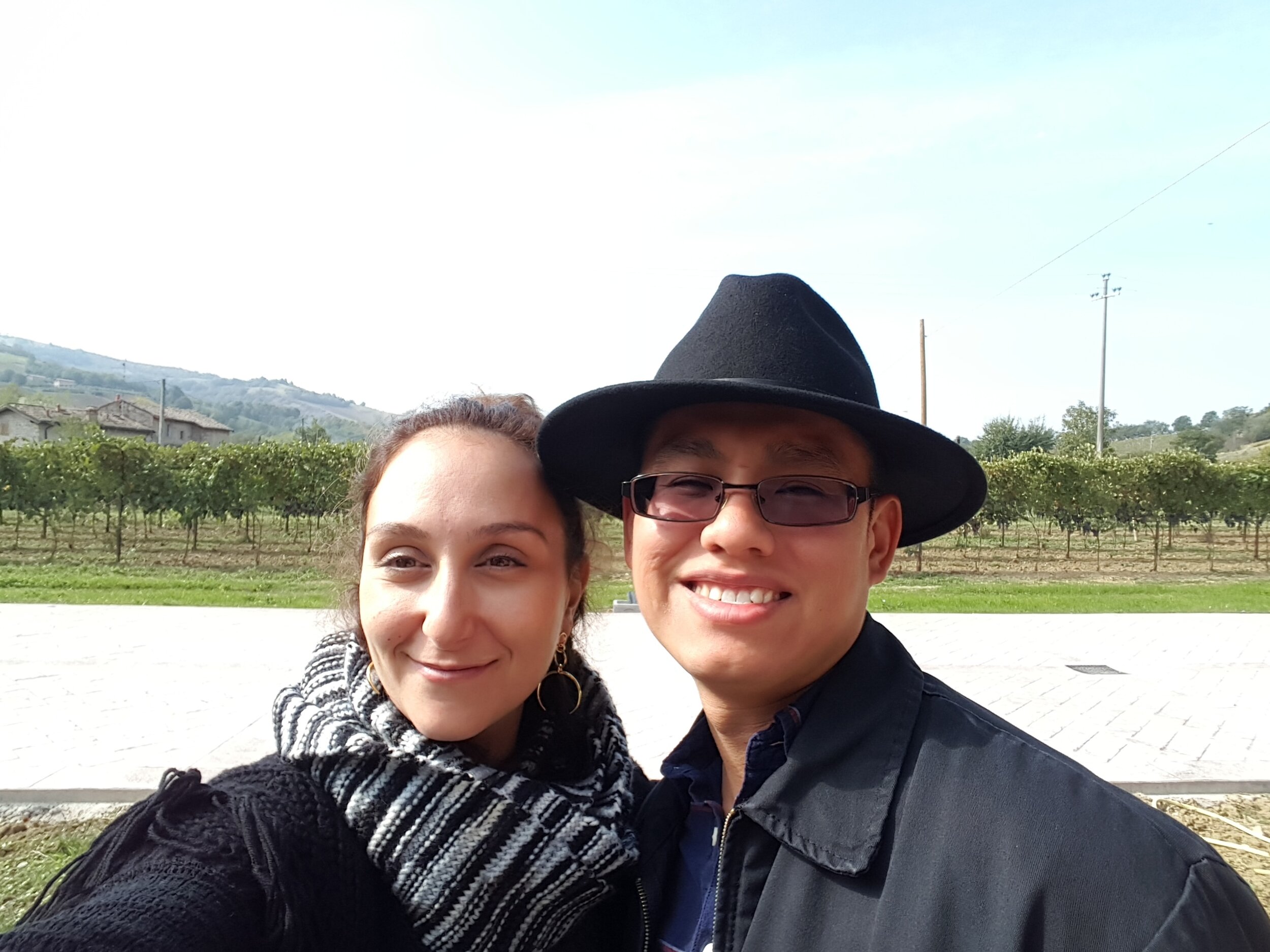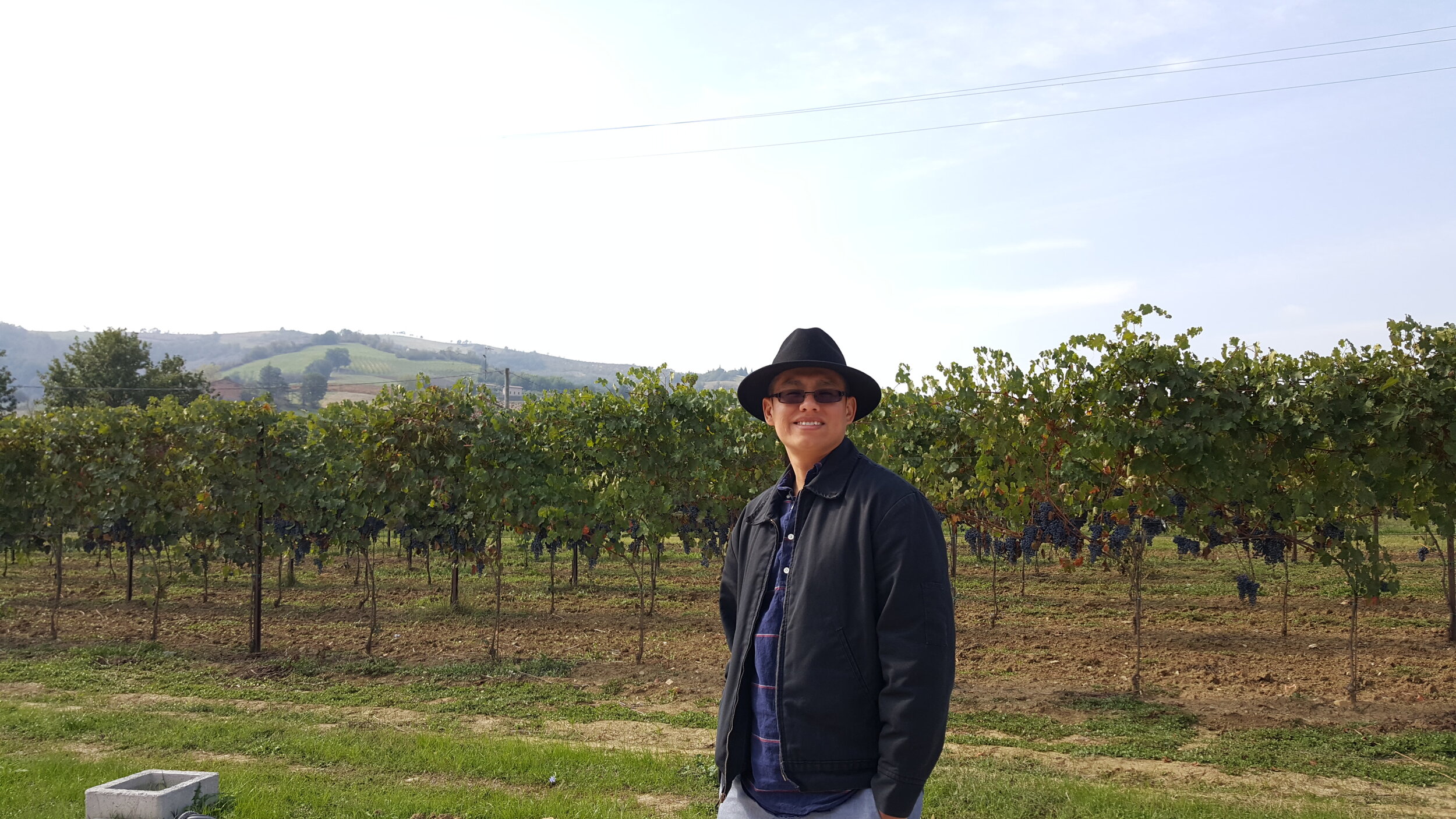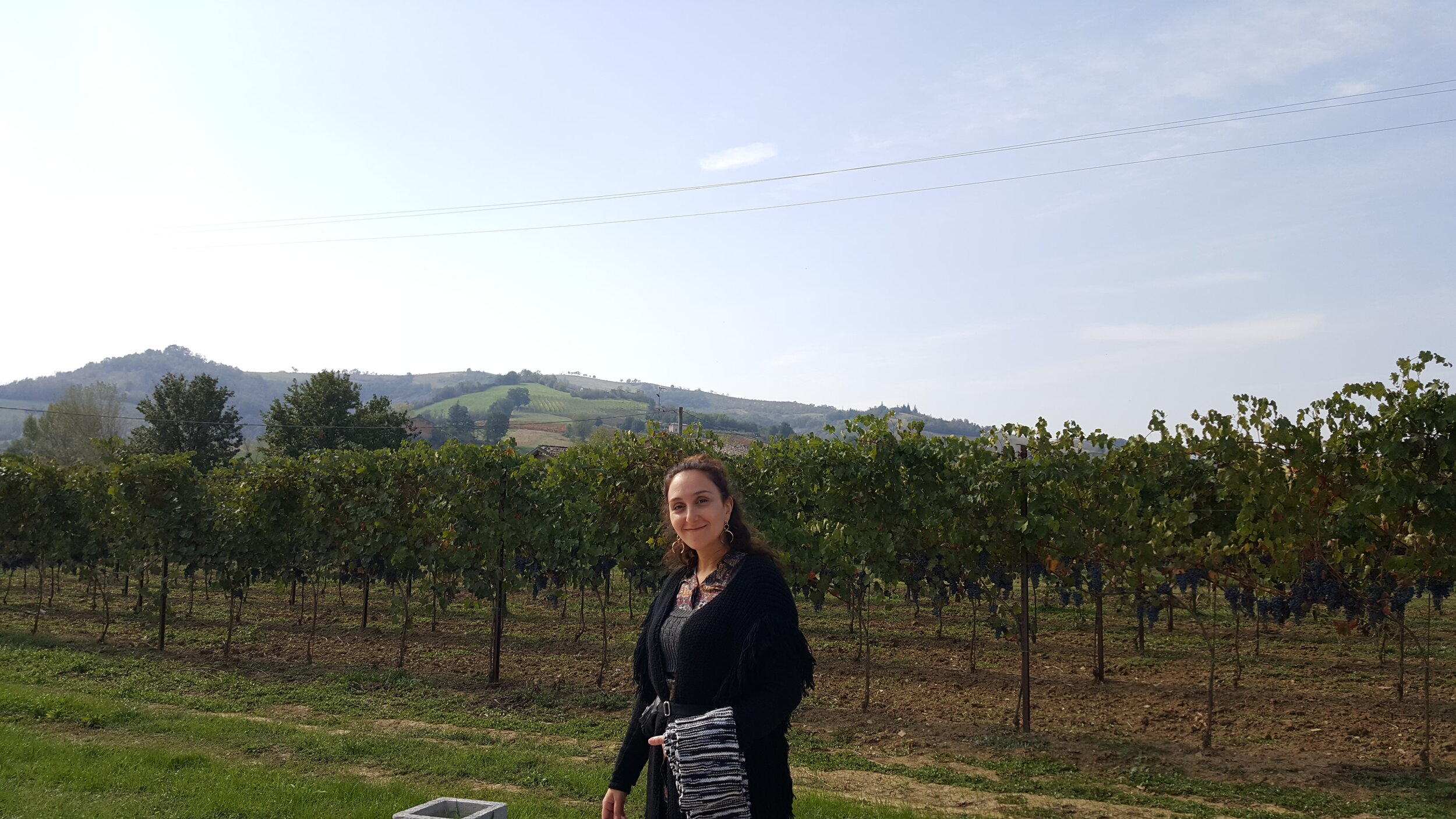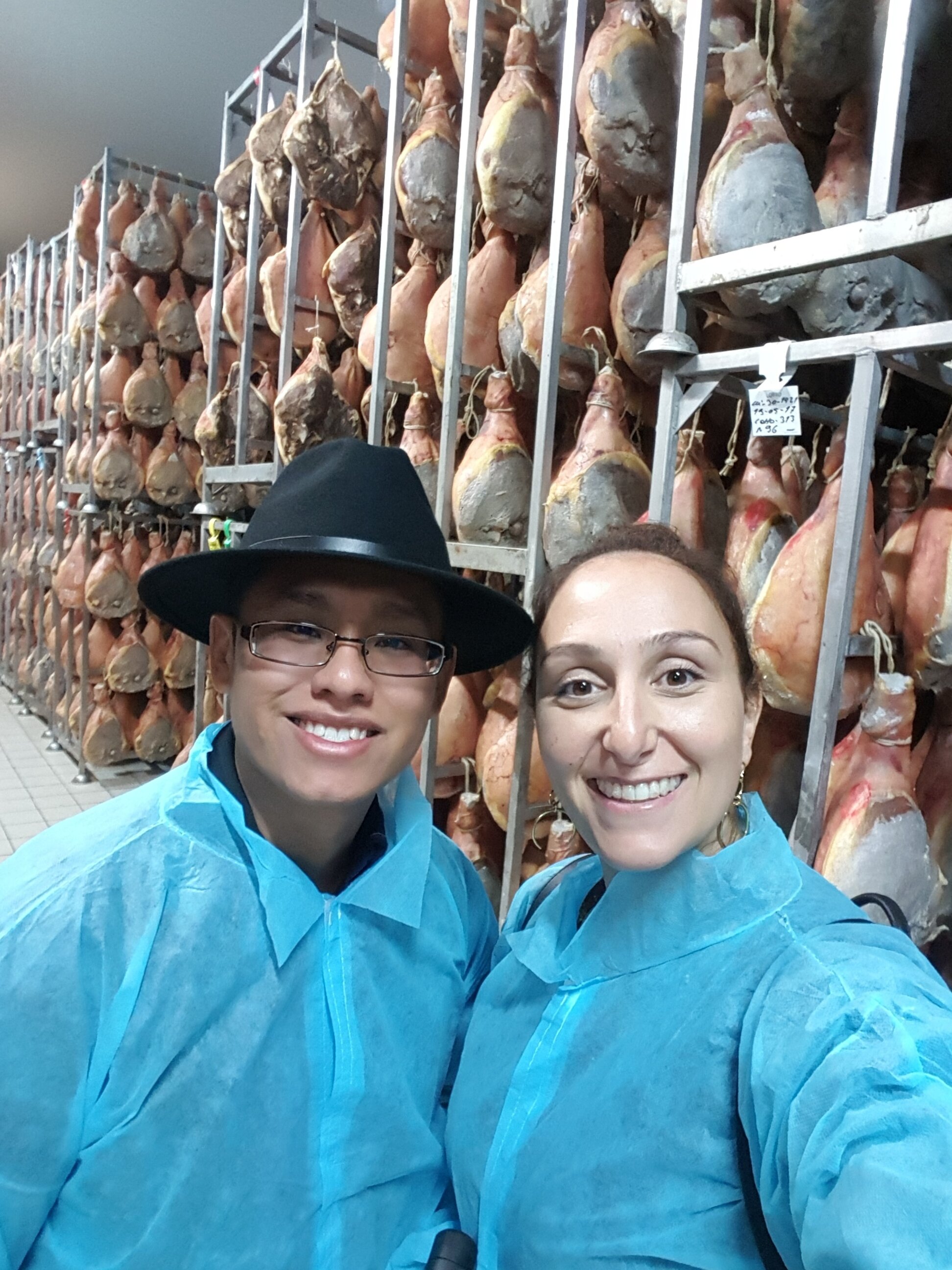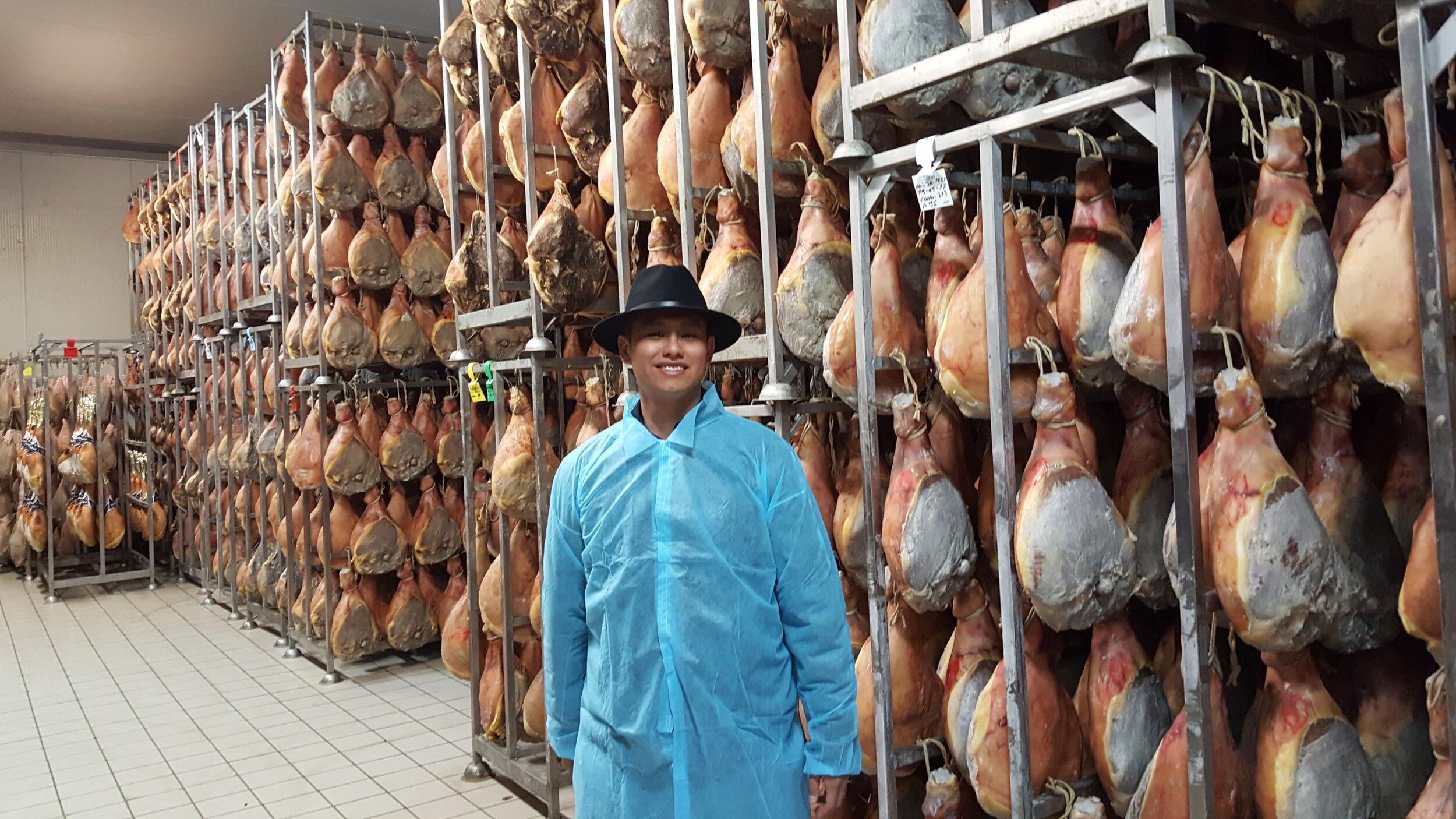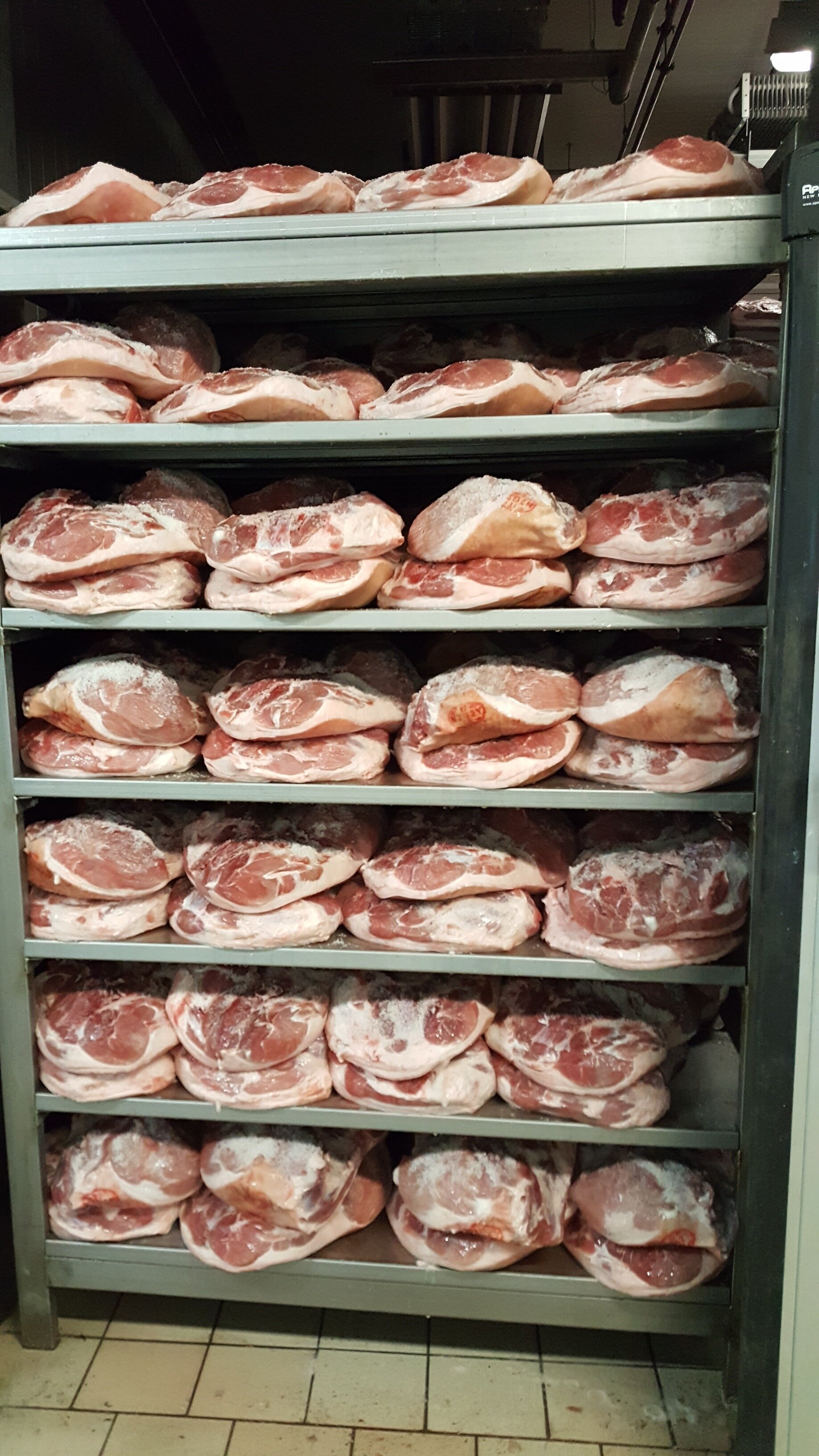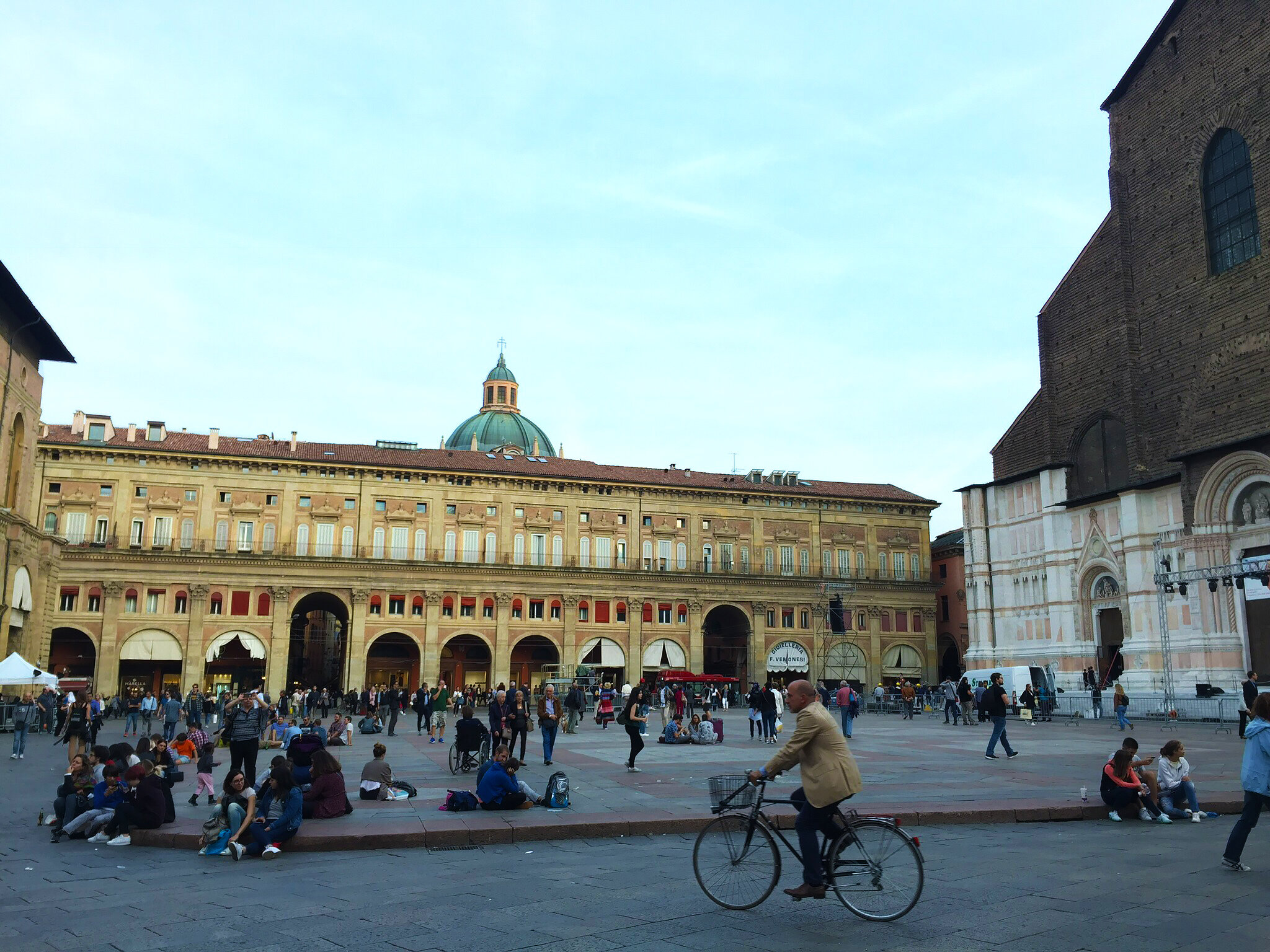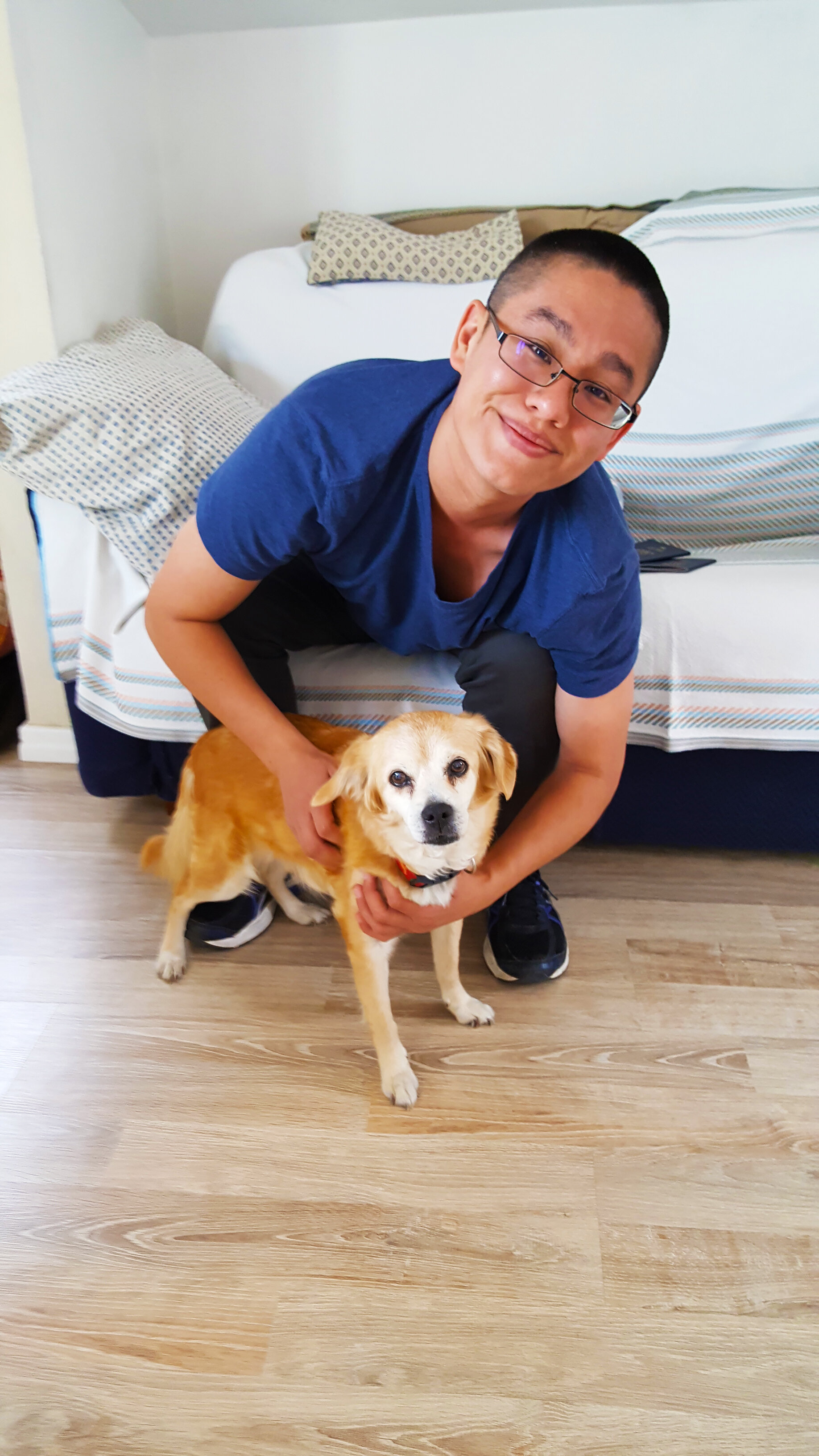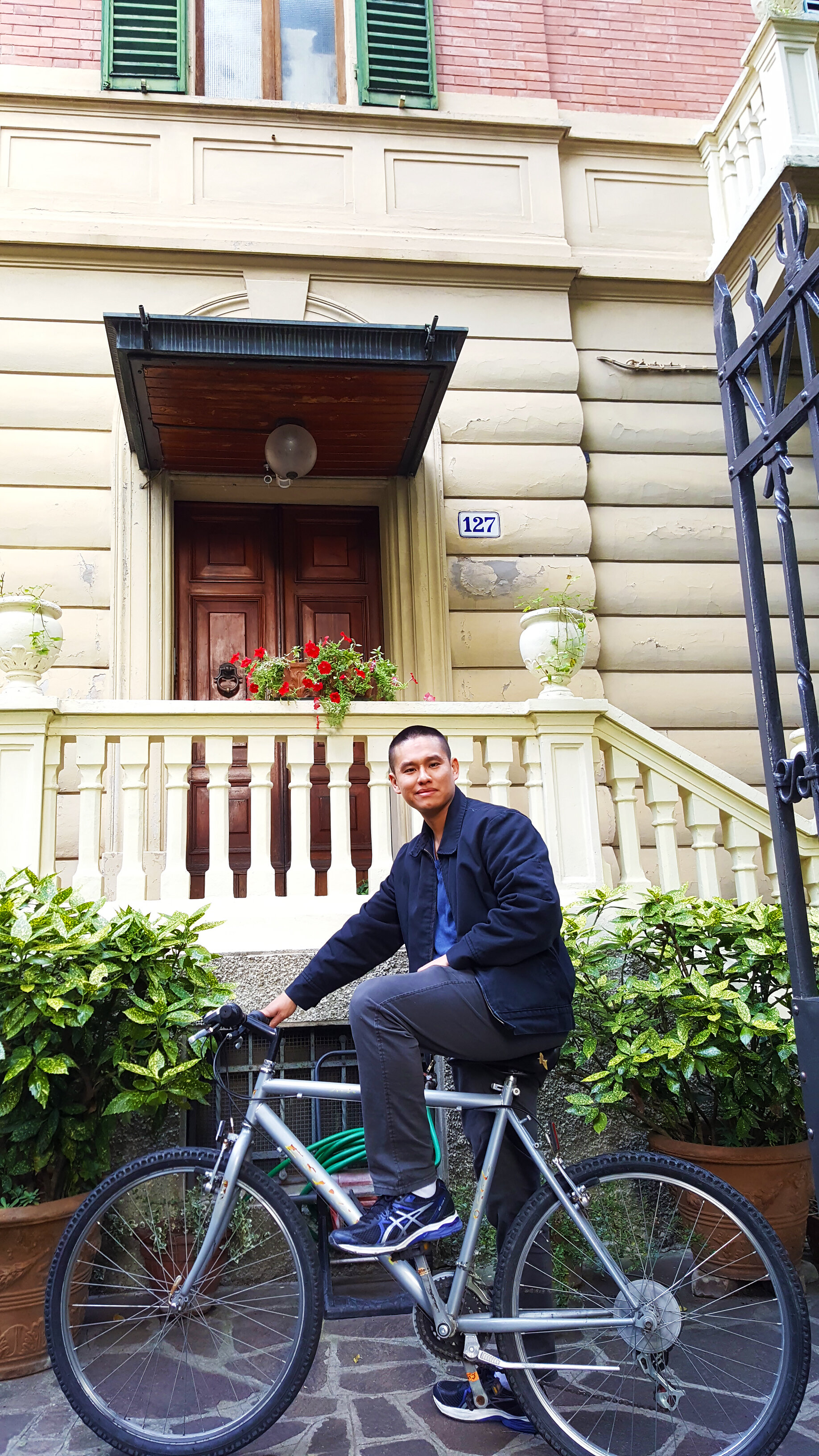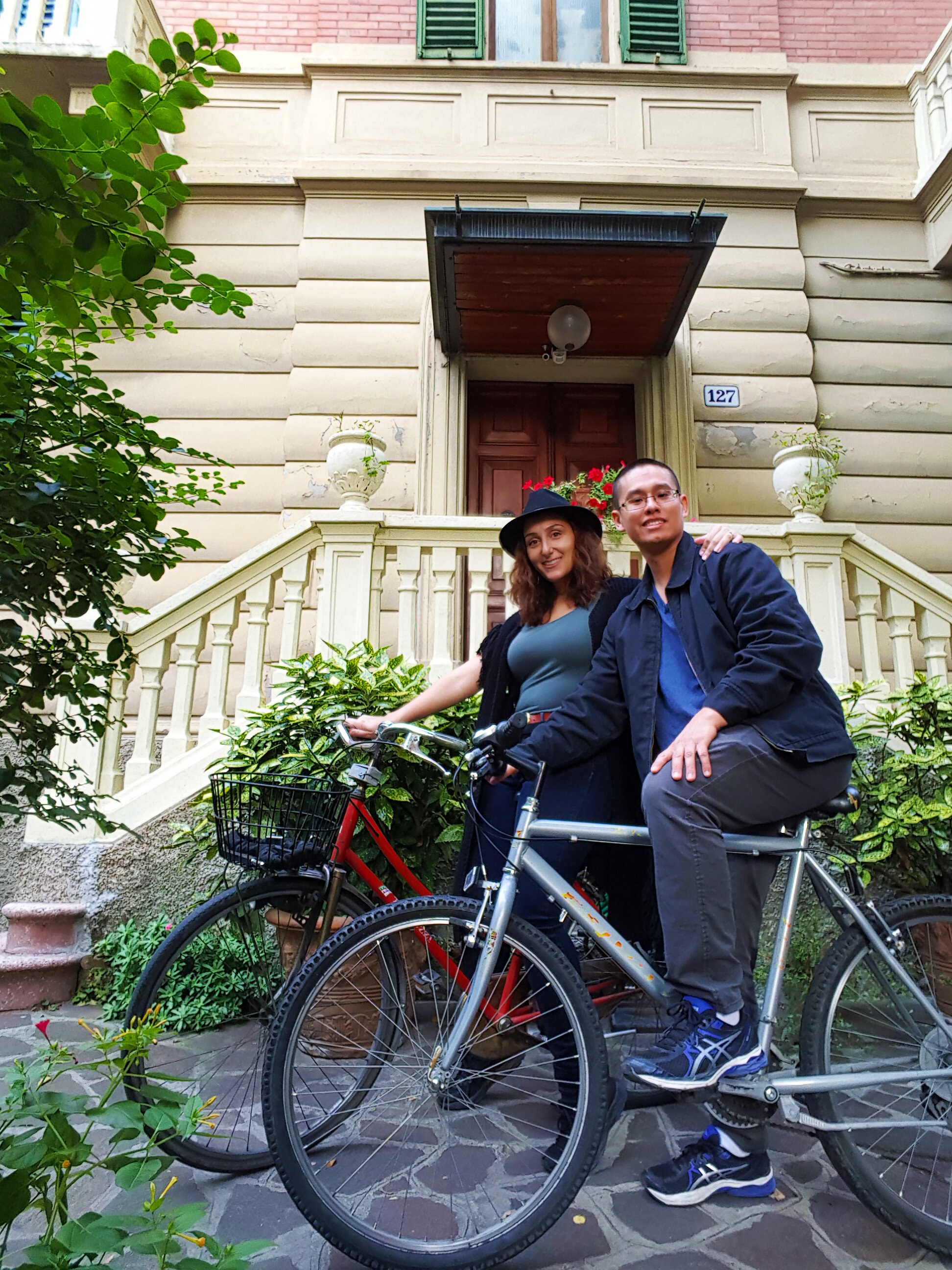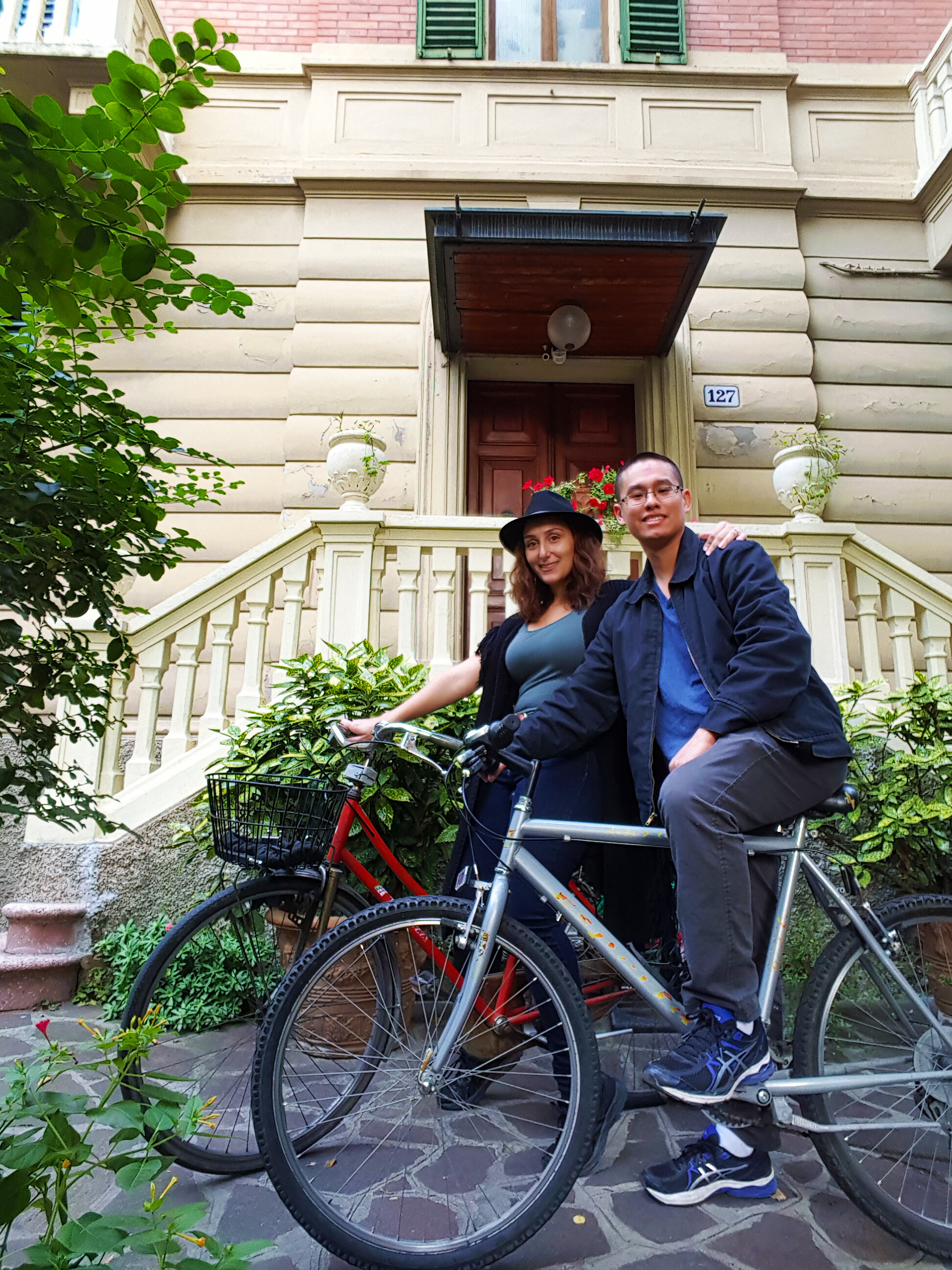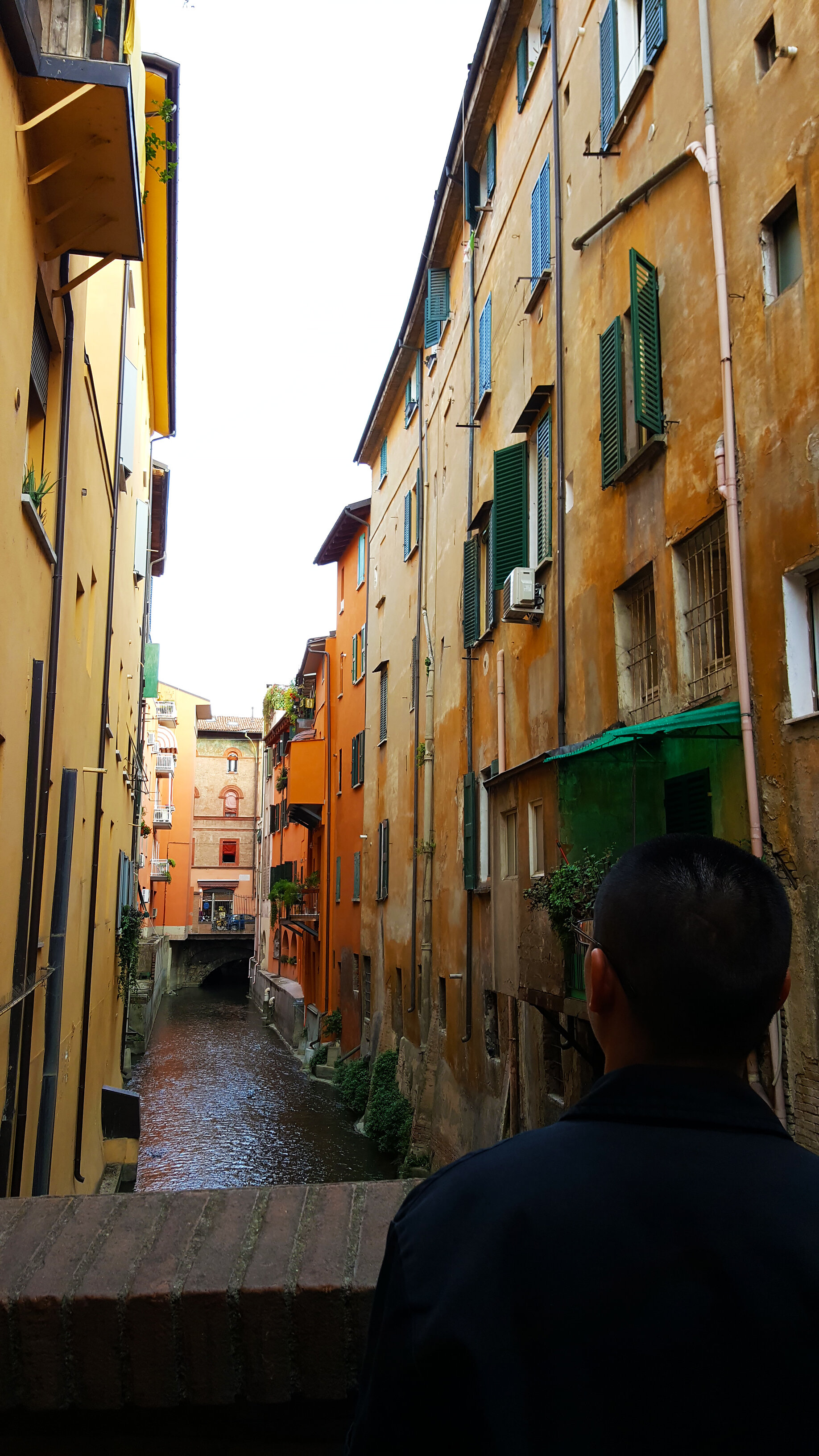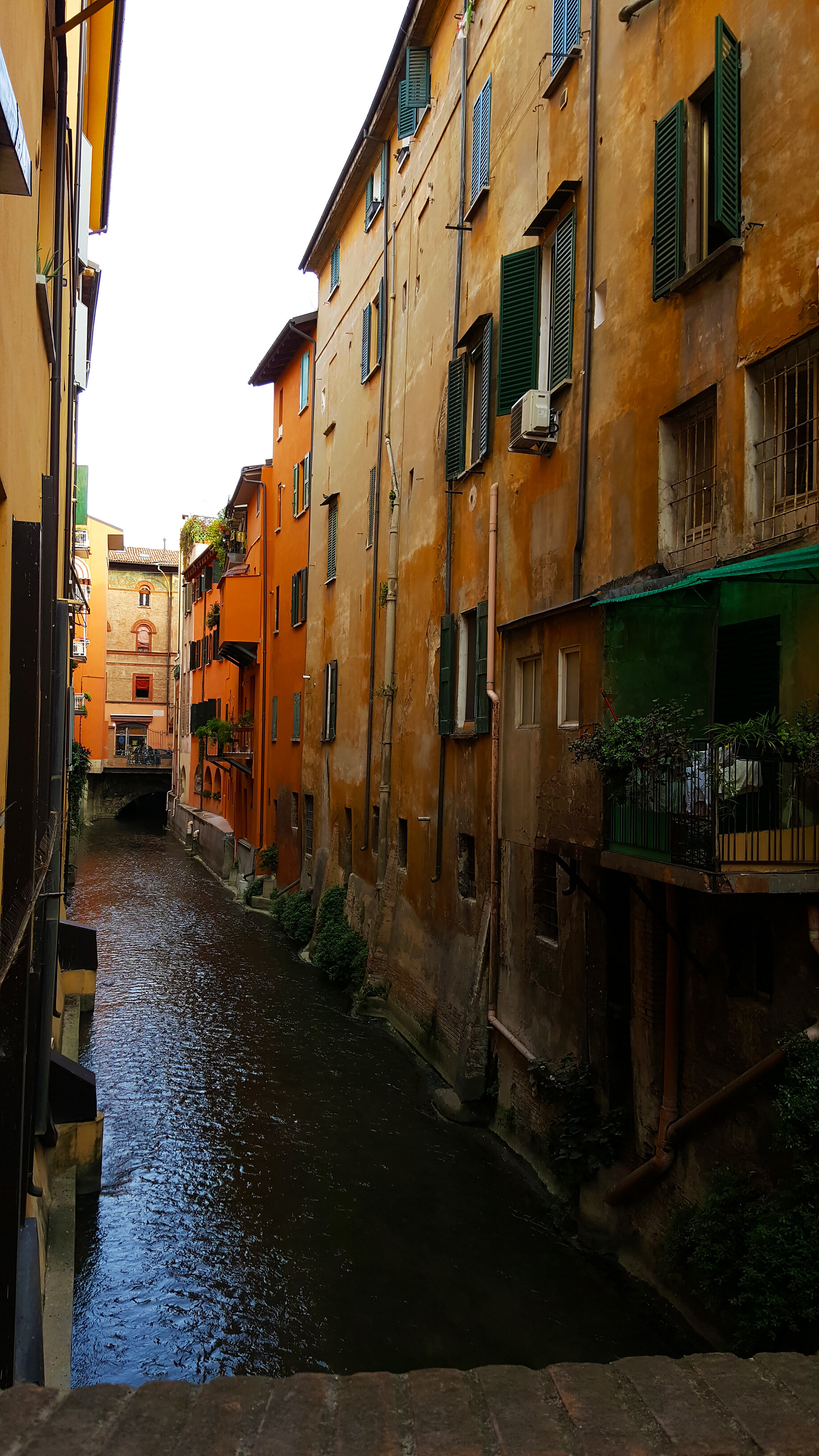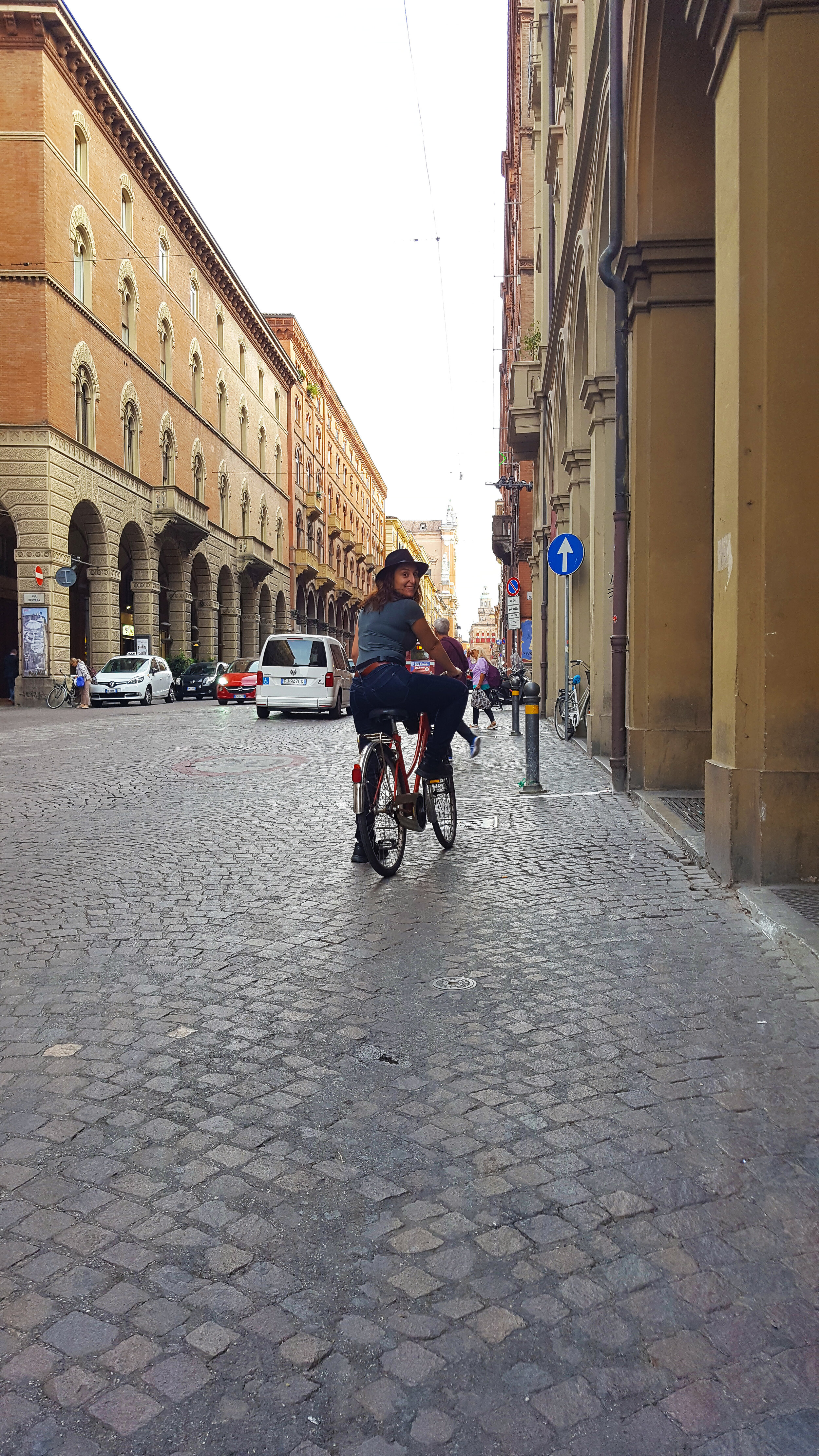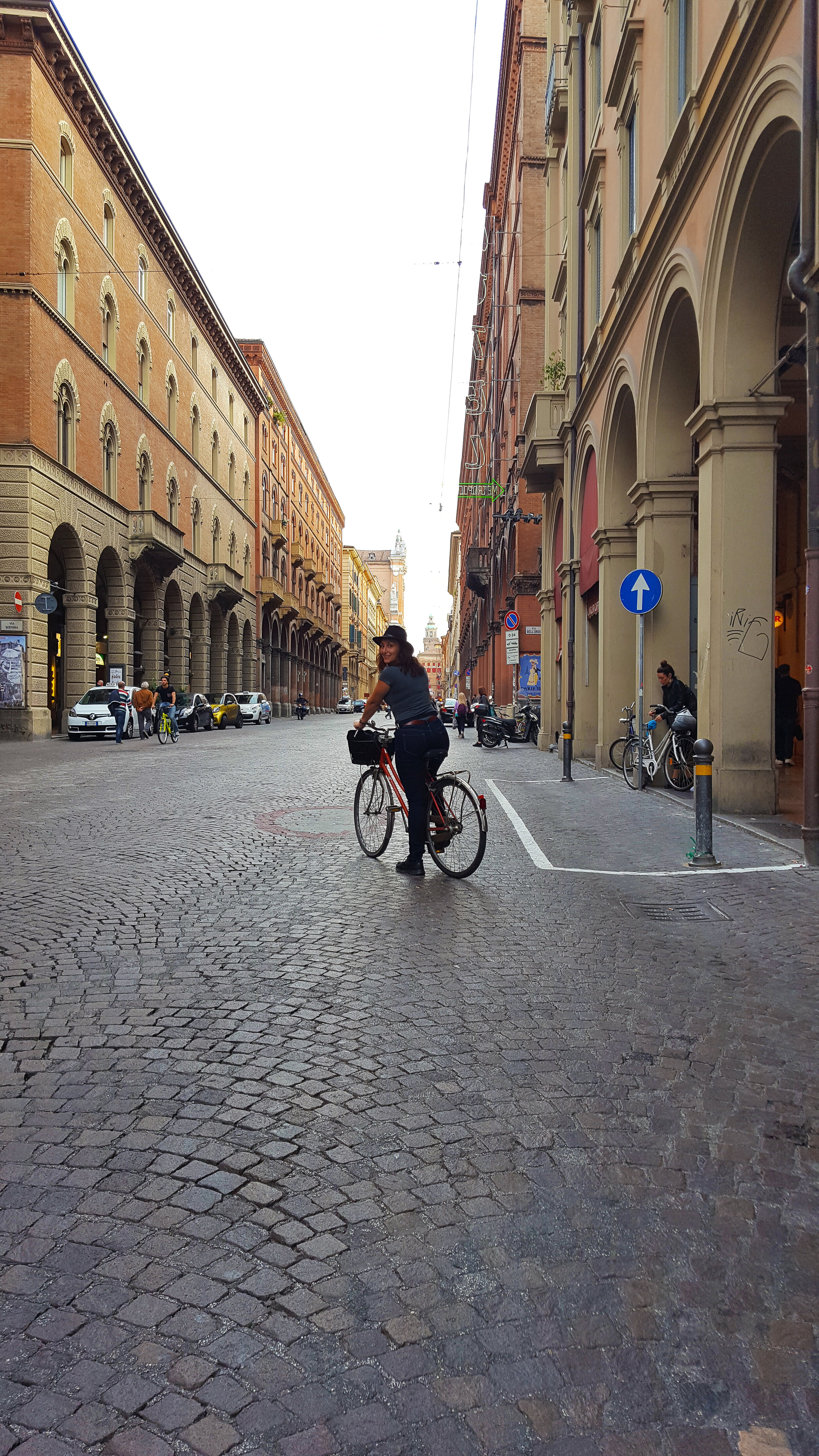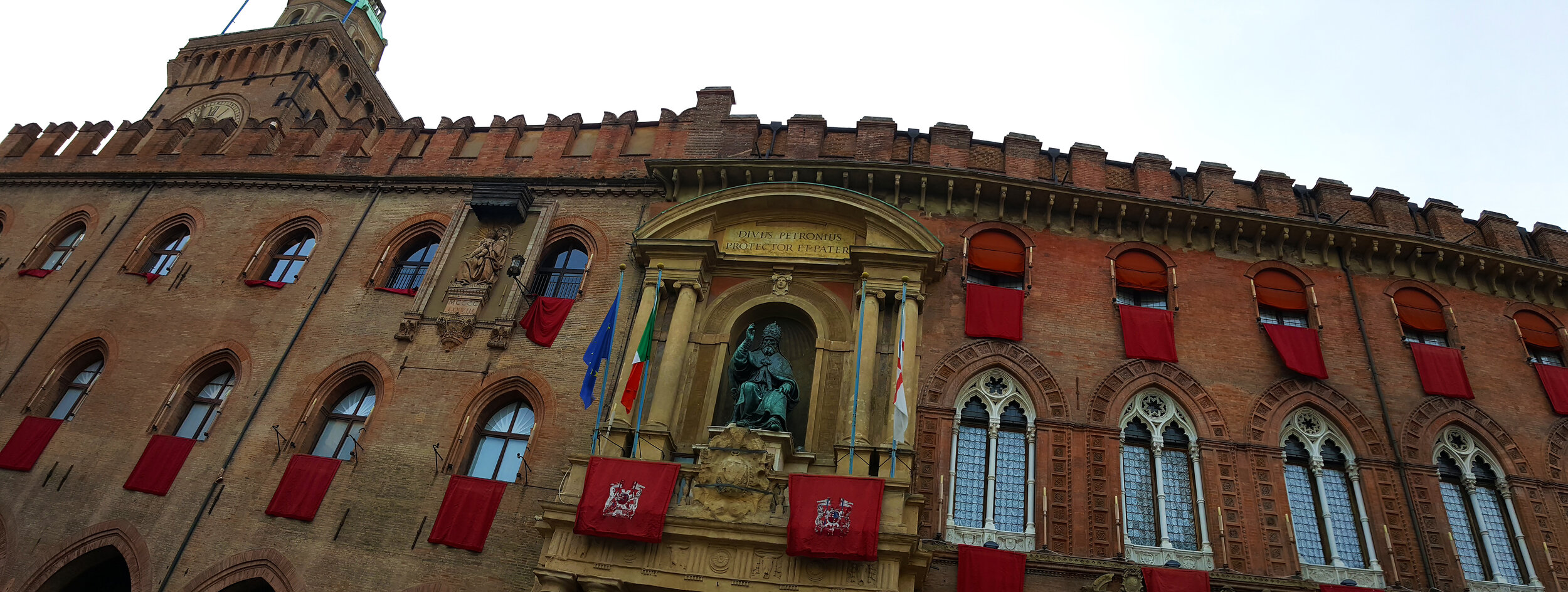Bologna, The Culinary Capital of Emilia Romagna
Bologna is the capital of the Emilia-Romagna culinary region and also home to the oldest university in the western world. As such, Bologna has an interesting character and as you explore the town you’ll notice the characteristic porticos, red brick buildings, street artists and of course excellent restaurants. The best part is that the city’s main sites are short walking distance to each other. Bologna is a town where you will see as many people on bicycles as you will see cars on the road, so one of the best experiences that you can have is to rent a bicycle and ride around, exploring and visiting all of the city’s famous landmarks.
Bologna Highlight
Culinary Tour with Italian Days
Because Bologna is the capital of Italy’s culinary region, we highly recommend going on a food tour to see how balsamic vinegar, Parmigiano Reggiano and prosciutto is made. It is truly an art that’s been preserved for generations and you’ll come away with a deeper appreciation of these foods. We used Italian Days and we highly recommend them. They will pick you up at your hotel and drop you off once the tour is complete. For more information visit: https://www.italiandays.it/tour-item/italian-days-food-experience-bologna-day-tour/
Things To Do
Wine - We would be remiss if we did not recommend wines with the culinary experience, so you should know that the main wines of the region are Lambrusco and Pignoletto and they are widely available (and amazing) throughout the region.
Biking in the city - Bologna is a bike friendly city, and you will see an almost equal amount of people on bicycles as you will see cars. Our AirBnB host was gracious enough to loan us 2 bicycles and for us, this was one of the best experiences that we had since we felt like a local exploring and visiting all of the city’s famous landmarks. Because we were able to move around the city more freely, it also allowed for those serendipitous travel moments to unfold such as attending a live outdoor concert for the Pope, having that trademark (delicious) spaghetti Bolognese at a hole in the wall restaurant, meeting fellow travelers and making new friends. We highly encourage you to rent a bicycle and have your own little adventure in Bologna.
Explore the hidden canals - This may come as a surprise, but Bologna has a hidden network of canals throughout the city and occasionally, you might come across a window with a view to one of them. It’s actually kind of fun when you happen upon one of these canals.
FICO World Eataly - Located just outside of Bologna, this food-centric theme park features eateries, pop-stores, demonstrations & hands-on exhibits.
Places Of Interest
Piazza Maggiore - Bologna’s main square is surrounded by major administrative and religious buildings. It’s also common for concerts and other outdoor events to be held here. Our visit to Bologna coincided with the arrival of the Pope, so we had the good fortune of attending a live open-air concert in anticipation of the Pope’s arrival.
Piazza Ravegnana - Just 5 minutes walking distance from Piazza Maggiore you’ll find Piazza di Porta Ravegnana, which is famous for being the location of Bologna’s symbolic Two Towers.
Two Towers - These two towers were built in the 12th century CE and have been referenced so many times throughout history that they’ve become an inseparable part of the city’s identity. For only 5 Euro ($6 USD) you can climb the creaky, wooden stairs all the way to the top of the tallest tower. Once at the top, you’ll have a 360 degree view of the entire city. We were fortunate enough to go around sunset and we highly recommend it as you can watch the sun setting in the hills over the city.
Basilica Di San Petronio - This 13th century CE church was built to honor the city’s patron saint, Saint Petronius. In fact, the church is so big that it contains 22 chapels as well as the world’s largest and most accurate sun dial.
Basilica of Santo Stefano - This is actually a complex of 7 interconnected churches dating all the way back to the 5th century CE. It is said to contain the relics of Saint Petronius as well as the relics of the saints Vitalis and Agricola.
Sanctuary of the Madonna di San Luca - This church is located on a hilltop just outside the city. The interesting thing about it is that it can be reached by foot on a road that is completely covered by porticos and archways from the city. Once there, you’ll have a nice elevated view of Bologna.
Fountain of Neptune- This fountain is one of the city’s iconic symbols and is even said to be the inspiration behind the famous Maserati logo. Unfortunately, during our visit to Bologna, the fountain was undergoing repairs so make sure to double check the status before planning your trip.
Basilica of San Domenico - This basilica houses the remains of Saint Dominic, founder of the Dominican Order. The building itself is quite impressive, decorated by priceless artworks, sculptures and a reliquary of Saint Louis IX.
Archiginnasio of Bologna - This 16th century CE building belongs to the University of Bologna and it contains a library that houses manuscripts, ancient and rare books as well as the original anatomical theatre that was once used to give lectures on anatomy.
Medieval Museum - As the name suggests, this museum chronicles several aspects of the city’s medieval heritage. It only costs 6 Euros ($7 USD) to enter.
Bologna Archaeological Museum - This museum contains artifacts from the various peoples that inhabited the area such as the Etruscans, Celts and Romans. There is also an exhibit which contains items from ancient Egypt. It only costs 6 Euros ($7 USD) to enter and is well worth the visit.
National Art Gallery of Bologna - This museum showcases a wide collection of paintings from the 13th - 18th century CE. It only costs 6 Euros ($7 USD) to enter and is worth a visit.
Our Family Album

